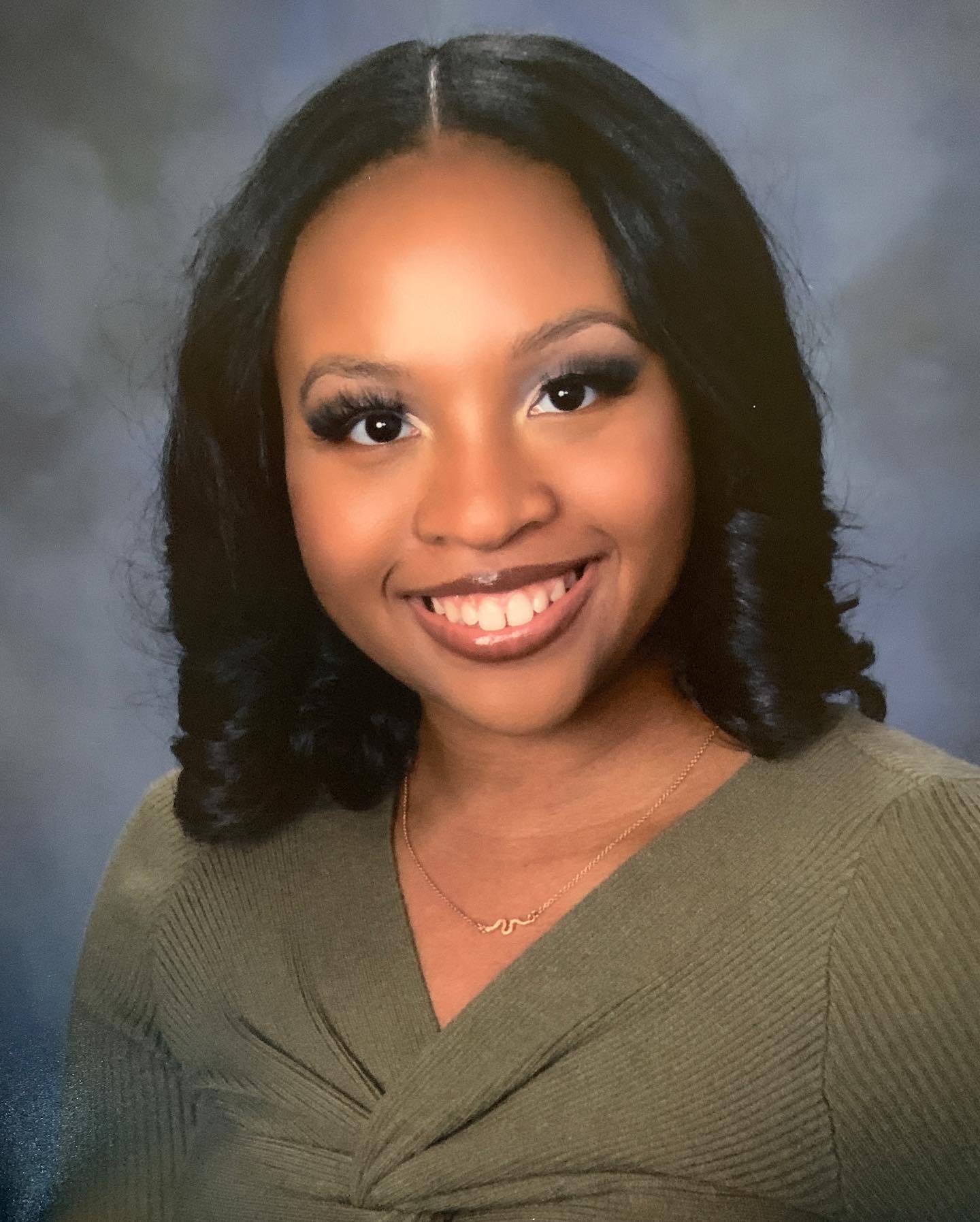Over the years, misunderstandings in science have led some people to reject scientific information or become skeptical of it. Misunderstanding about science created misinformation on how vaccines and diseases work during the coronavirus pandemic. Conversely, Americans with an understanding of scientific knowledge tend to trust that scientists act in the best interest of the public, according to a finding in a Pew Research Center study from August 2019. This means those that that have scientific literacy are more willing to base their decisions on data.
One way to improve science education and communication, the three Distinguished Professors agreed, is for scientists to lessen scientific terms and jargon that they use when speaking to peers in the relevant fields. Overuse of specific terms can make communicating scientific facts and findings to the general public challenging.
A broader approach to tackling science communication matters. Dr. Mitchell Schaffler pointed out that scientists are used to writing grants, articles, and reports in order to disseminate research findings. To help develop sound public policy and influence public perspectives with these findings, scientists have to be able to explain their research outcomes to everyone. “One of the key pieces is, we need to improve the way scientists communicate. We’re selling our ideas to a very narrow audience,” he said.
At an educational level, Dr. Schaffler also believes that educators and scientists should revisit how science is being taught in schools in order to reevaluate if the information is being taught effectively. He pointed out that science courses could be changed to include more societal aspects, which may help people better interpret what they are learning.
You know, for everyone, not just science majors, maybe the humanities majors and the social sciences majors need to learn about science, art and technology together.
Dr. Ruth Stark believes we should think about improving communication in smaller steps. Scientists should speak to people, she said, where they are – which means, among other things, finding meaningful hooks to pique students’ interests. By doing so, students can better relate to science and retain it.
In classes she has taught, she saw the effectiveness of forcing students to think about how science linked to their personal lives. “I had the students make many presentations on applying the principles of thermodynamics to some problem they were interested in,” she said.
Stark mentioned that scientists should go to young students, at elementary and junior high school levels, and talk about their own scientific journeys. This may help scientists minimize their use of jargon and find ways to inspire students to get into science, as well as give scientists a chance to follow up with what the students are expressing interest in scientifically.
You know the first pass, you can be superficial. You want to grab them, but then you have to follow up, which is much harder. If you stay at the superficial level, then I think you go very quickly into the disinformation regime.
Dr. Schaffler stressed the importance of his and Stark’s points by using vaccine hesitancy as an example. Throughout the pandemic, there was a rise in vaccine hesitancy. One reason for this was the spreading of misinformation, such as the myth that mRNA vaccines alter genetics. He said for people in science, this idea sounded silly, but to the larger population, a claim like this carried on, despite scientists addressing it and people having learned in school the basics of how DNA operates.
Another way to enhance science education is to provide students with a basic foundation of scientific information, regardless of what career each student chooses, Dr. Parameswaran Nair said. He believes this could allow people to build an appreciation for science and how it affects society.
Science is a process. It’s not a set of things that we can declare as being religiously true forever.
Battling disinformation, whether on a general or specific scale, can be done if scientists take responsibility for the role they play in communicating with the public. Taking the initiative to challenge curriculum in schools, making science simpler for people to digest, and directly going after young minds are all ways to convince the next generation to explore science. This can be enhanced if scientists share the defining moments that convinced them to pursue their careers, which can not only make science inspirational but also help people gain insight into the people behind the science.

M’Niyah is a journalism major and psychology minor at CUNY Baruch College. In addition to writing for The RICC, she’s Managing Editor and contributor for Baruch’s award-winning Dollars & Sense Magazine. She writes for Baruch’s independent, student-run newspaper, The Ticker and has bylines in Daily Planet, a nonprofit news organization.